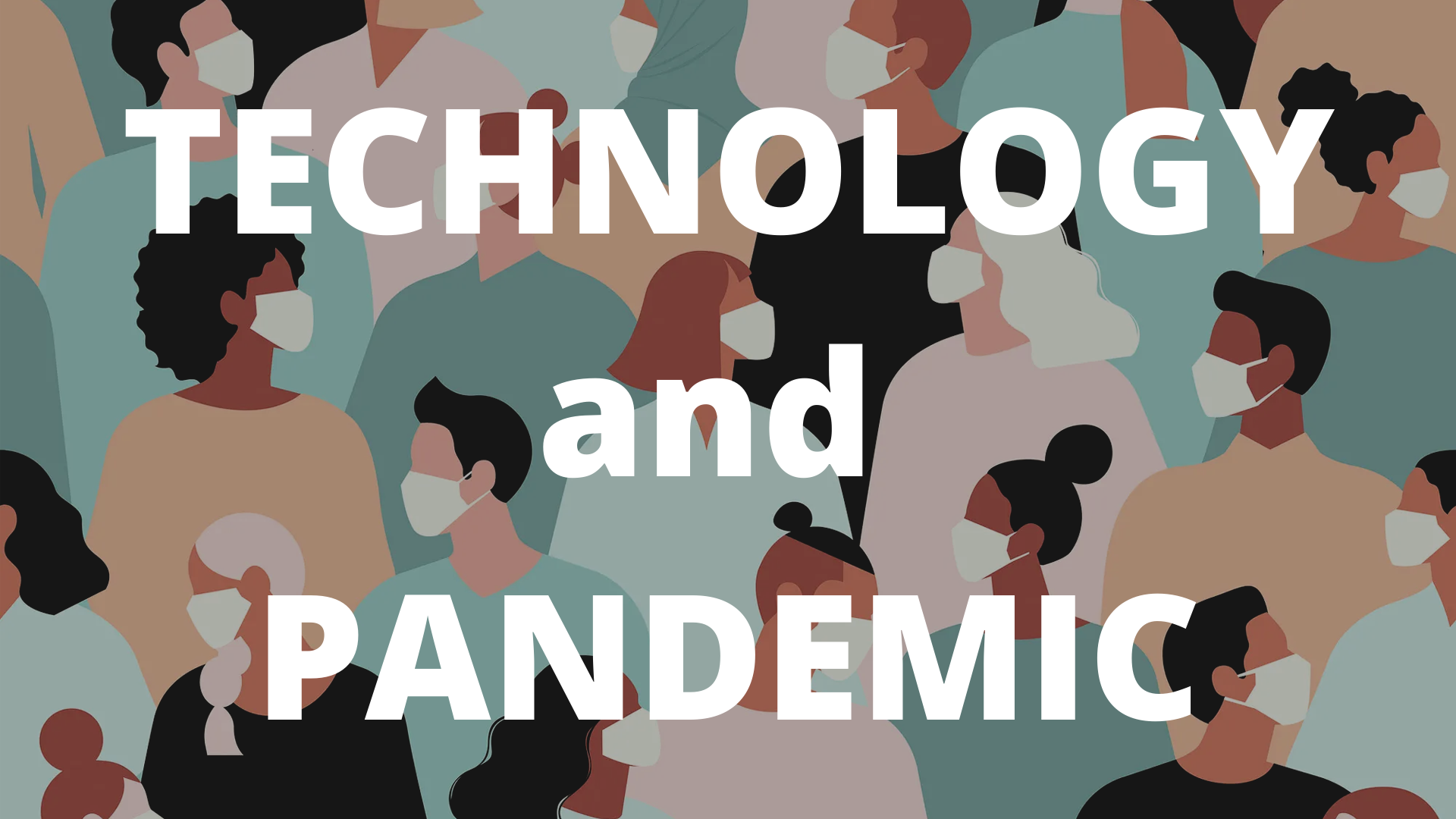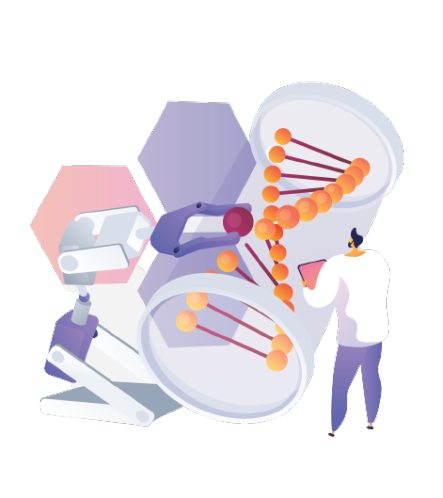
The Covid-19 pandemic has altered the way our society works in many ways, having effects on health, the economy and our social relationships. This impact of the pandemic changed the way we sell and produce, causing problems in several sectors of our society. But, Although there are concerns about its economic, social and sanitary facilities, the moment also opens up room for innovation: more and more talk is being said about the application of technology in the pandemic and in the period that will take place.

But after all, what is the importance of technology in combating the new coronavirus?
Well, in the current sense, technology helps to obtain and analyze data in real time. With it, it became possible to closely monitor our interventions and to reliably monitor the growth of the pandemic. In addition, it also allows for remote work, which mitigates the negative impact of social distancing on our economy.
How have technological solutions been used in this context?
As mentioned, the application of technology in the pandemic is both direct and indirect. Below, we can see where it has been used most:
1. Information sharing
In the history of mankind, no pandemic has had a survey and data crossing as efficient as that of Covid-19. Quick searches are enough to inform us with real-time news about the number of infected, recovered and deaths from the disease. While there is contemporary concern about Fake News, quality information was also boosted during the pandemic: in addition to increasing the number of scientific research, we also created international datasets for sharing data about Covid-19. Maintaining scientific production on this scale in the post-pandemic period, however, will be a challenge worldwide.
2. Tracking infected people
Data are valuable when guiding effective interventions. This maxim is used by health management — whether public or private — to help control and map the disease. This crossing of data is especially important in tracking infected people: for financial and logistical reasons, global population tracking is not a viable alternative in Brazil today. For this reason, we must have specific criteria for testing and screening the infected in order to maximize our results. In this sense, technology and data science serve to guide our conduct, from the management office to within the offices. They help us define who, where and when to test, predicting the behavior of the pandemic and populations most at risk. It is also possible to map the cases and spatially understand the speed of spread of the virus.
3. Vaccines
Vaccines for the new coronavirus have caught the spotlight as a possible solution to the pandemic. Some countries, such as Russia, have already approved their own vaccines or started mass population testing. The production of a vaccine, however, is not an easy task. Under normal conditions, due to the rigor required for its approval, it can take years to be made available to the public. In the current pandemic, the quicker emergence of a vaccine may be possible due to two main factors: the first is the urgency of the moment, which focuses our human, financial and technological resources on this discovery. The second is the state-of-the-art technology available in biochemistry laboratories, which speeds up the isolation of viral particles and their conjugation — a process necessary for the final production of the vaccine.

4. Monitoring of social isolation
Finally, another technology that has gained space in the media in recent months is the monitoring of social isolation. By partnering with mobile telephone networks, it was possible to identify clusters and monitor people's traffic. In addition, the approval of telemedicine during the emergency period enabled remote monitoring of patients in isolation. This allows the medical team to closely check the clinical picture, without the risk of contamination from other patients in the emergency room.
5. Education and Work
At the moment we met, some schools returned with on-site teaching, but lasting for a long me the EAD (Distance Learning) model was the solution for all schools At first, it was an extremely complicated process, which had its records and lows for everyone, but it is just one more example, a great example of how the internet and technology are essential in our lives.


Conclution
The pandemic is still far from over, however, because of the carriage ride and the large investment that is being directed towards technological advances, the process of restoring is often easier and faster compared to past years, and it is no mystery to say that more than that ever, the internet is more present in our day and in our lives